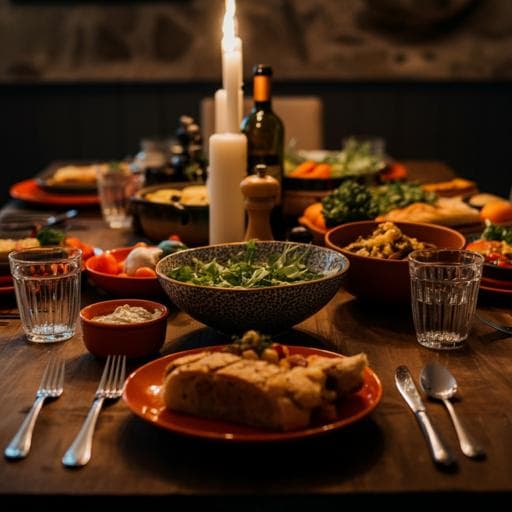
Health and Fitness
How can we foster caring meals? Findings from an ethnographic study in day care centers for older adults in Sápmi, Norway
T. Holster and M. C. Munkejord
This insightful study by Terhi Holster and Mai Camilla Munkejord delves into how to create nourishing and culturally sensitive meal experiences in Day Care Centers for older adults, particularly focusing on the Sámi community in Norway. Discover how familiar foods can spark joy and foster social connections while highlighting the essential role staff play in crafting a caring mealtime environment.
~3 min • Beginner • English
Related Publications
Explore these studies to deepen your understanding of the subject.







